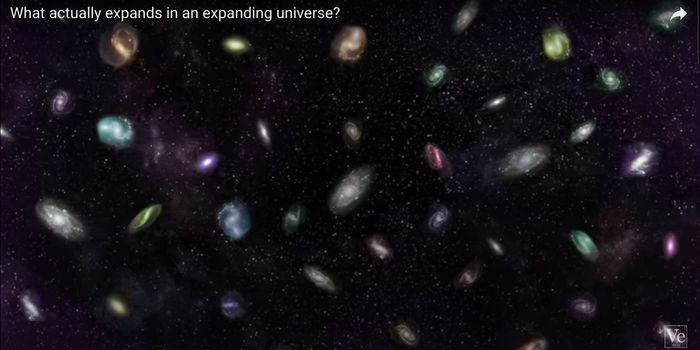The Science Behind the Fujiwhara Effect
Hurricanes are powerful forces of nature, but have you ever wondered what happens when two of them happen to run into one another?
While it doesn't happen all the time, it can happen. The phenomenon is dubbed the Fujiwhara Effect after Japanese meteorologist Sakuhei Fujiwhara.
The result of the two storms coming within proximity of each other depends on the sizes of each of the storms. In most cases, one of the following can happen:
• Two large storms get within 190 miles of one another and later merge into an even more significant storm
• A smaller storm gets within 900 miles of a larger one, and then the smaller storm begins to "orbit" the larger storm
• Two large storms get within 900 miles of one another create a binary tango effect in which they appear to 'dance' with one another
No matter what happens, it's important to note that this effect can change the course of the storm altogether. In fact, that's just what happened with both hurricanes Hillary and Irwin.
Understanding how these rare interactions happen and what results occur from them is important, especially since hurricane season is among us.








